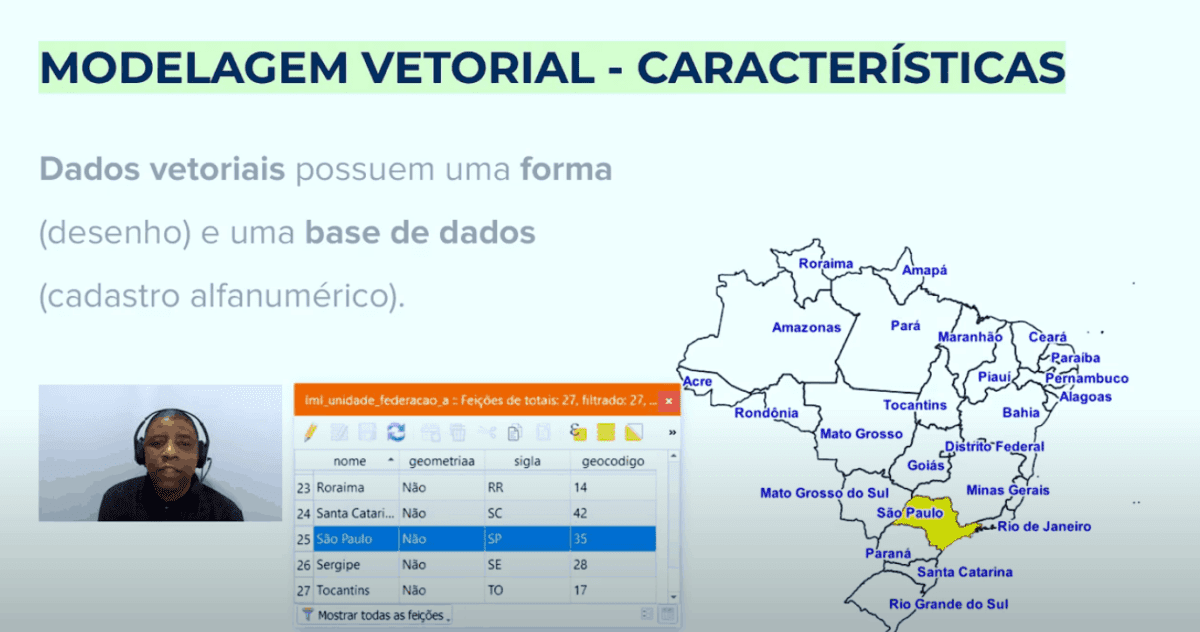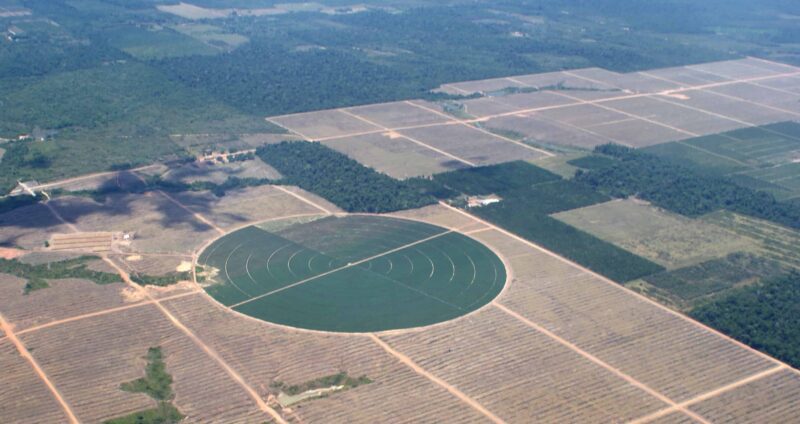Spanning 1.4 billion acres, the Amazon is the world’s largest rainforest — accounting for half of the planet’s remaining tropical forests — and until now, one of Earth’s most important terrestrial carbon reserves.
Recent studies reveal that deforestation and fires are pushing the Amazon to an irreversible tipping point, turning the carbon sink into a carbon source.
Between August 2020 and July 2021, the Amazon, which covers parts of Brazil, Bolivia, Peru, Ecuador, Colombia, Venezuela, Guyana, Suriname and French Guiana, lost 10,476 square kilometers of rainforest, an area “nearly seven times bigger than greater London and 13 times the size of New York City,” according to Imazon, the Institute of Man and Environment of the Amazon, a Brazilian research institute.
It’s a climate, environment and socio-political crisis that reporters are striving to report on more deeply.
Earlier this year, EJN supported the School of Data Brazil to develop an online course that would enable journalists to do exactly this.
“While there is a lot of data available, at least in Brazil, most journalists still struggle to create original data-driven investigations about such issues,” said Adriano Belisario, the program manager for the online course. “That’s why we decided to gather together a team of experts to develop a data journalism course focused on it.” As far as he knows, it is the first free online training offered to journalists who want to cover such issues using data.

An organizational grantee through EJN’s Biodiversity Media Initiative, Open Knowledge Brasil is a not-for-profit educator in the field of journalism. The organization promotes data literacy, transparency and civic technologies, and has engaged with more than 20,000 journalists, editors and researchers since 2013.
Their online course is designed to familiarize journalists with data visualization, multimedia journalism, Geographic Information Systems (GIS) and geoinformatics tools they can use to investigate deforestation in the Amazon. A basic understanding of geographic information systems is “indispensable” for data journalists, said Belisario. So far, 323 journalists have taken the course, developing practical data journalism skills through learning modules, lecture recordings, quizzes and other resources.
More than half of those who participated in the post-course survey stated they’d never participated in any training about data journalism or data science before.
Now, as a result of the course, investigations are beginning to emerge. Participant Manuel Marçal, a journalist and press consultant for the Association of Mining Municipalities of Minas Gerais and Brazil said he learned to use QGIS (a free and open-source geographic information system (GIS) application that supports viewing, editing, and analysis of geospatial data) through training modules. He also became more familiar with using the National Institute for Space Research’s monitoring system and Environmental Rural Registry data to reveal evidence of land grabbing.
Currently, he’s in the early stages of a data-driven investigation looking into how mining companies have been buying land in the northern region of Minas Gerais. “Why does this matter? The north is an economically poorer region. The vegetation is a mixture of Cerrado and Caatinga. The soil is poorer. It is cheaper land, so to speak,” he explained over email.,” he explained over email.
As part of their EJN-supported project, Open Knowledge Brasil also selected two fellows to report on environmental issues (in Portuguese) using data.
One of them was the Borari Indigenous Communication Front, a group of Borari Indigenous women who write about Indigenous rights, culture and territory. For the Royal Amazon, they reported on the sale of public lands and real estate expansion that is threatening archaeological sites and water resources in the Indigenous territory of Santarém, Pará.
For Portal Amazonia, the second fellow, reporter Larissa Zuim, wrote about women family farmers in Rondonia and their sustainable, pesticide-free farming practices.
For Belisario, this is an encouraging start. “It is great to see the outcomes and [see] how all the knowledge and skills covered in the course are translated into stories and investigations by the alumni,” he said.
The skills course participants develop can inform reporting on diverse ecosystems in Brazil, Belisario added.
“Given our team’s enthusiasm, and the relevance, urgency and public interest in this topic, we have plans to offer more courses about environmental data journalism in the future,” he said.
Interested in taking this course or browsing other free, online courses developed by Internews and EJN? Explore our Online Courses page to learn more.
